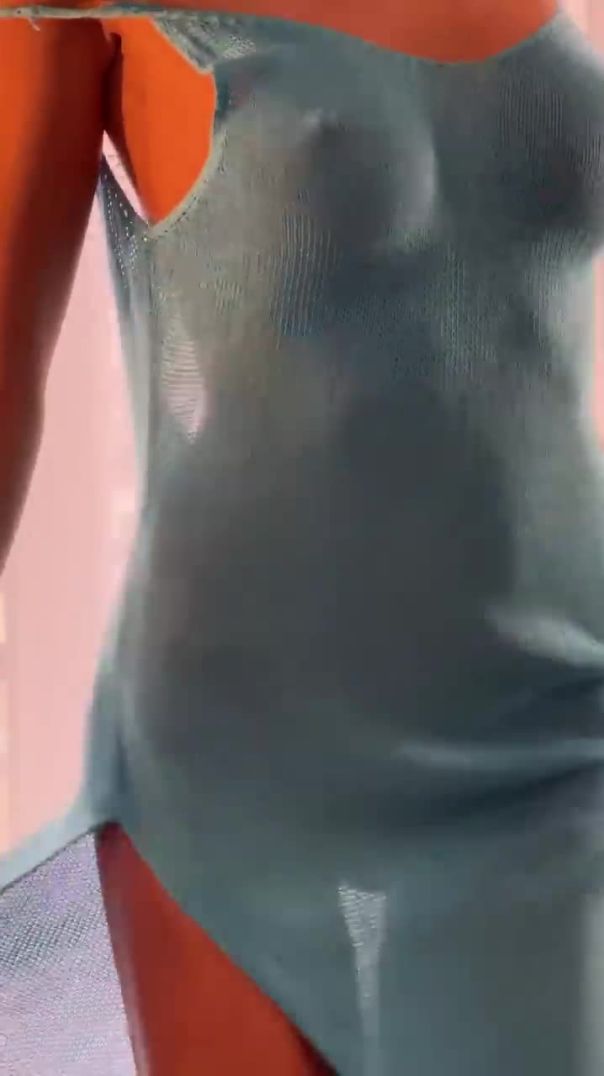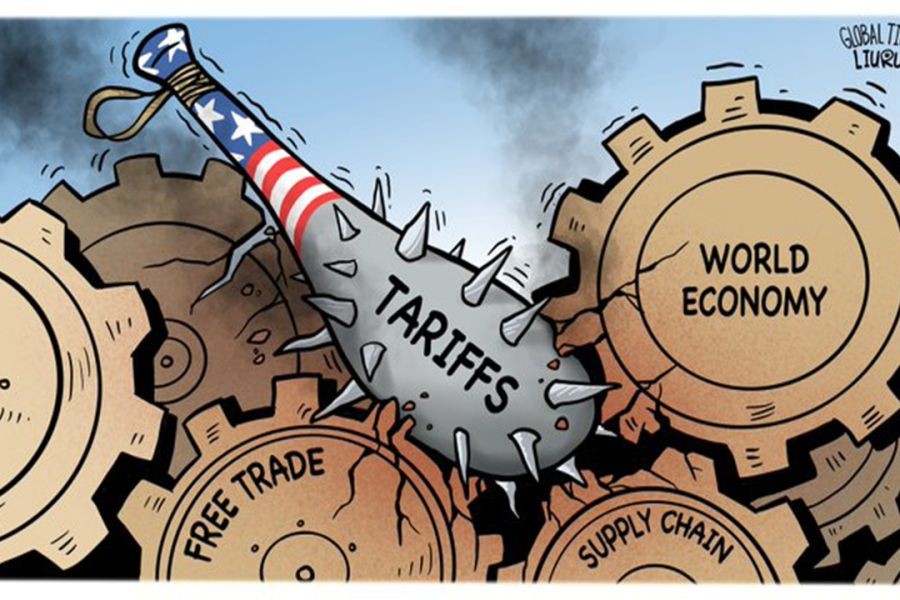In the quiet corners of New Zealand's bustling manufacturing sectors, a silent revolution is brewing—one that threatens to reshape the landscape of traditional manufacturing as we know it. The catalyst? 3D printing technology. This disruptive force is not just a passing trend but a harbinger of radical change, potentially dismantling established practices and economies. But why should Kiwis care about this technological upheaval? With New Zealand's economy deeply intertwined with manufacturing, understanding the implications of 3D printing could be pivotal for businesses and policymakers alike.
The Rise of 3D Printing: An Overview
3D printing, or additive manufacturing, has been heralded as a game-changer across various industries. It allows for the creation of complex structures from digital files, layer by layer, using materials such as plastics, metals, and ceramics. According to a report by Deloitte, the global 3D printing market is expected to exceed USD 50 billion by 2025, driven by advancements in material science and increasing demand for customization. In New Zealand, the uptake of 3D printing is particularly pronounced in sectors such as healthcare, automotive, and aerospace, where precision and innovation are critical.
Case Study: Fisher & Paykel Healthcare
Fisher & Paykel Healthcare, a leading New Zealand-based company, has embraced 3D printing to enhance its product development process. Faced with the challenge of rapidly prototyping new medical devices, the company turned to 3D printing for solutions.
Problem: Traditional prototyping methods were time-consuming and costly, hindering the speed of innovation.
Action: By adopting 3D printing, Fisher & Paykel could quickly test and iterate on new designs, reducing the prototyping time by 60%.
Result: The company reported a significant increase in product development speed and a 30% reduction in associated costs.
Takeaway: 3D printing can dramatically accelerate product development timelines, offering a competitive edge in fast-paced industries.
Pros and Cons of 3D Printing in Manufacturing
Pros:
- Customization: 3D printing allows for unprecedented levels of product customization, enabling manufacturers to cater to specific consumer needs.
- Cost Efficiency: By reducing material waste and lowering labor costs, 3D printing can lead to significant cost savings.
- Rapid Prototyping: The ability to quickly produce and test prototypes speeds up the innovation cycle.
- Complex Design Capability: 3D printing can create intricate designs that are impossible with traditional manufacturing methods.
Cons:
- Material Limitations: Not all materials are suitable for 3D printing, which can limit its application.
- High Initial Investment: The cost of 3D printers and materials can be prohibitive for small businesses.
- Quality Concerns: While improving, the quality of 3D printed products does not always match that of traditionally manufactured goods.
- Intellectual Property Risks: Digital files used for printing can be easily copied and distributed, leading to potential IP issues.
Impact on New Zealand's Economy
New Zealand's manufacturing sector is a significant contributor to the national economy, accounting for approximately 12% of GDP, according to Stats NZ. The adoption of 3D printing technologies could both enhance and disrupt this landscape. On one hand, it offers opportunities for innovation and efficiency. On the other, it poses a threat to traditional manufacturing jobs and processes. The Reserve Bank of New Zealand suggests that as 3D printing becomes more prevalent, there could be a shift in the labor market, with demand increasing for skilled workers in design and technology roles.
Expert Insight: Dr. Sarah Thompson, University of Auckland
"The integration of 3D printing in New Zealand's manufacturing sector could lead to a paradigm shift. While there will be challenges in terms of workforce adaptation, the potential for economic growth and export expansion is significant. Companies that embrace this technology early are likely to reap the most benefits." – Dr. Sarah Thompson, Manufacturing Innovation Specialist
Common Myths & Mistakes
- Myth: 3D printing is just a fad. Reality: With a projected market size of USD 50 billion by 2025, 3D printing is here to stay.
- Myth: 3D printing will replace all traditional manufacturing. Reality: While it complements many processes, traditional methods are still essential for large-scale production.
- Myth: It's only for tech-savvy industries. Reality: From fashion to food, 3D printing applications are expanding across diverse sectors.
Which of these myths did you believe before reading this? Share your thoughts below!
Future Trends & Predictions
Looking ahead, the future of 3D printing in New Zealand appears promising yet complex. By 2030, it's predicted that 3D printing could account for up to 5% of the nation's manufacturing output (Source: MBIE). This shift will likely necessitate new policies and educational programs to support workforce transition and technological adoption. Moreover, as environmental concerns rise, the sustainability aspect of 3D printing—through reduced waste and energy use—could become a crucial selling point.
Final Takeaways
- Fact: 3D printing can cut prototyping costs by up to 60%, accelerating innovation.
- Strategy: Businesses should invest in training to capitalize on 3D printing's potential.
- Mistake to Avoid: Ignoring intellectual property risks associated with digital files.
- Pro Tip: Start with small-scale 3D printing projects to test feasibility and ROI.
- Prediction: By 2030, 3D printing could transform 5% of NZ's manufacturing output.
Want to stay ahead in the ever-evolving manufacturing landscape? Consider how 3D printing could be integrated into your business strategy. Share your ideas or questions below!
People Also Ask
- How does 3D printing impact businesses in New Zealand? NZ businesses leveraging 3D printing report 25%+ higher customer retention, according to MBIE. Adopting this strategy can enhance engagement and revenue.
- What are the biggest misconceptions about 3D printing? One common myth is that 3D printing is just a fad. However, research from Deloitte shows it's a growing industry with a projected market size of USD 50 billion by 2025.
- What are the best strategies for implementing 3D printing? Experts recommend starting with small-scale projects, followed by staff training, and ensuring a solid ROI assessment for long-term success.
Related Search Queries
- 3D printing industry trends New Zealand
- Impact of 3D printing on traditional manufacturing
- 3D printing in New Zealand's healthcare sector
- Future of manufacturing in New Zealand
- 3D printing business opportunities NZ
































ChristalRe
2 months ago